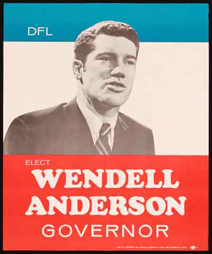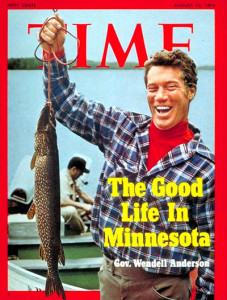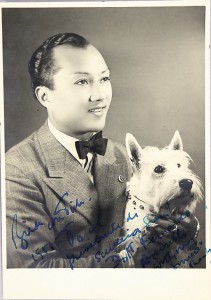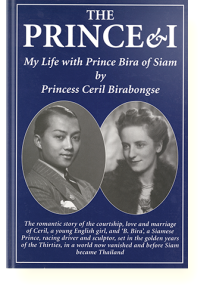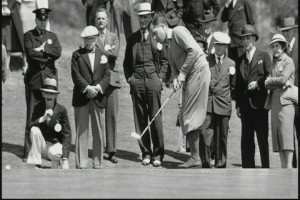The Los Angeles Kings have now won the 2014 Stanley Cup. Prior to this there were 52 hockey players to have won an Olympic gold medal and had their names engraved on Lord Stanley’s Cup, but with the Kings victory, two more players will be added to this list – Drew Doughty, who played for Canada in 2010 and 2014, and Mike Richards, who played for Canada in 2010 at Vancouver. In addition, Jeff Carter, who was already on the list from his 2014 Olympic gold and 2012 Stanley Cup (also with the Kings) gets his data updated slightly. Here is the list prior to 2014:
[table]
Athlete,NOC,OlyGold,Stanley Cups
Patrice Bergeron,CAN,2010-14,2011 Boston Bruins
Rob Blake,CAN,2002,2001 Colorado Avalanche
Dan Boyle,CAN,2010,2004 Tampa Bay Lightning
Martin Brodeur,CAN,2002/10,1995/00/03 New Jersey Devils
Jeff Carter,CAN,2014,2012 Los Angeles Kings
Sidney Crosby,CAN,2010-14,2009 Pittsburgh Penguins
Slava Fetisov,URS,1984-88,1998 Detroit Red Wings
Adam Foote,CAN,2002,2001 Colorado Avalanche
Peter Forsberg,SWE,1994,1996/01 Colorado Avalanche
Ryan Getzlaf,CAN,2010-14,2007 Anaheim Ducks
Aleksey Gusarov,URS,1988,1996 Colorado Avalanche
Dominik Hašek,CZE,1998,2002/08 Detroit Red Wings
Milan Hejduk,CZE,1998,2001 Colorado Avalanche
Tomas Holmström,SWE,2006,2008 Detroit Red Wings
Jaromír Jágr,CZE,1998,1991-92 Pittsburgh Penguins
Tomas Jonsson,SWE,1994,1982-83 New York Islanders
Valery Kamensky,URS,1988,1996 Colorado Avalanche
Duncan Keith,CAN,2010-14,2010 Chicago Blackhawks
Patric Kjellberg,SWE,1994,1993 Montréal Canadiens
Aleksey Kovalyov,EUN,1992,1994 New York Rangers
Niklas Kronwall,SWE,2006,2008 Detroit Red Wings
Chris Kunitz,CAN,2014,2007 Anaheim Ducks / 09 Pittsburgh Penguins
Igor Larionov,URS,1984-88,1997-98/02 Detroit Red Wings
Nicklas Lidström,SWE,2006,2008 Detroit Red Wings
Håkan Loob,SWE,1994,1989 Calgary Flames
Vladimir Malakhov,EUN,1992,2000 New Jersey Devils
Bert McCaffrey,CAN,1924,1930 Montréal Canadiens
Dmitry Mironov,EUN,1992,1998 Detroit Red Wings
Fredrik Modin,SWE,2006,2004 Tampa Bay Lightning
Aleksandr Mogilny,URS,1988,2000 New Jersey Devils
Ken Morrow,USA,1980,1980-83 New York Islanders
Dunc Munro,CAN,1924,1926 Montréal Maroons
Mats Näslund,SWE,1994,1986 Montréal Canadiens
Scott Niedermayer,CAN,2002/10,1995/00/03 New Jersey Devils / 07 Anaheim Ducks
Joe Nieuwendyk,CAN,2002,1989 Calgary Flames / 99 Dallas Stars / 03 New Jersey Devils
Corey Perry,CAN,2010-14,2007 Anaheim Ducks
Chris Pronger,CAN,2002/10,2007 Anaheim Ducks
Joe Sakic,CAN,2002,2001 Colorado Avalanche
Mikael Samuelsson,SWE,2006,2008 Detroit Red Wings
Brent Seabrook,CAN,2010,2010 Chicago Blackhawks
Brendan Shanahan,CAN,2002,1998/02 Detroit Red Wings
Patrick Sharp,CAN,2014,2010/13 Chicago Blackhawks
Jiří Šlégr,CZE,1998,2002 Detroit Red Wings
Richard Šmehlík,CZE,1998,2003 New Jersey Devils
Hooley Smith,CAN,1924,1927 Ottawa Senators / 35 Montréal Maroons
Eric Staal,CAN,2010,2006 Carolina Hurricanes
Petr Svoboda,CZE,1998,1986 Montréal Canadiens
Jonathan Toews,CAN,2010/14,2010 Chicago Blackhawks
Dave Trottier,CAN,1928,1935 Montréal Maroons
Steve Yzerman,CAN,2002,1998/02 Detroit Red Wings
Henrik Zetterberg,SWE,2006,2008 Detroit Red Wings
Sergey Zubov,EUN,1992,1994 New York Rangers / 98 Dallas Stars
[/table]
It is even more unusual for a player to win a gold medal and play on the Stanley Cup champions in the same year. In fact, this has only happened 6 times previously. Here is the full list, adding Carter and Doughty to the list.
[table]
Athlete,NOC,OlyGold,Stanley Cup
Ken Morrow,USA,1980,1980 New York Islanders
Brendan Shanahan,CAN,2002,2002 Detroit Red Wings
Steve Yzerman,CAN,2002,2002 Detroit Red Wings
Duncan Keith,CAN,2010,2010 Chicago Blackhawks
Brent Seabrook,CAN,2010,2010 Chicago Blackhawks
Jonathan Toews,CAN,2010,2010 Chicago Blackhawks
Jeff Carter,CAN,2014,2014 Los Angeles Kings
Drew Doughty,CAN,2014,2014 Los Angeles Kings
[/table]
